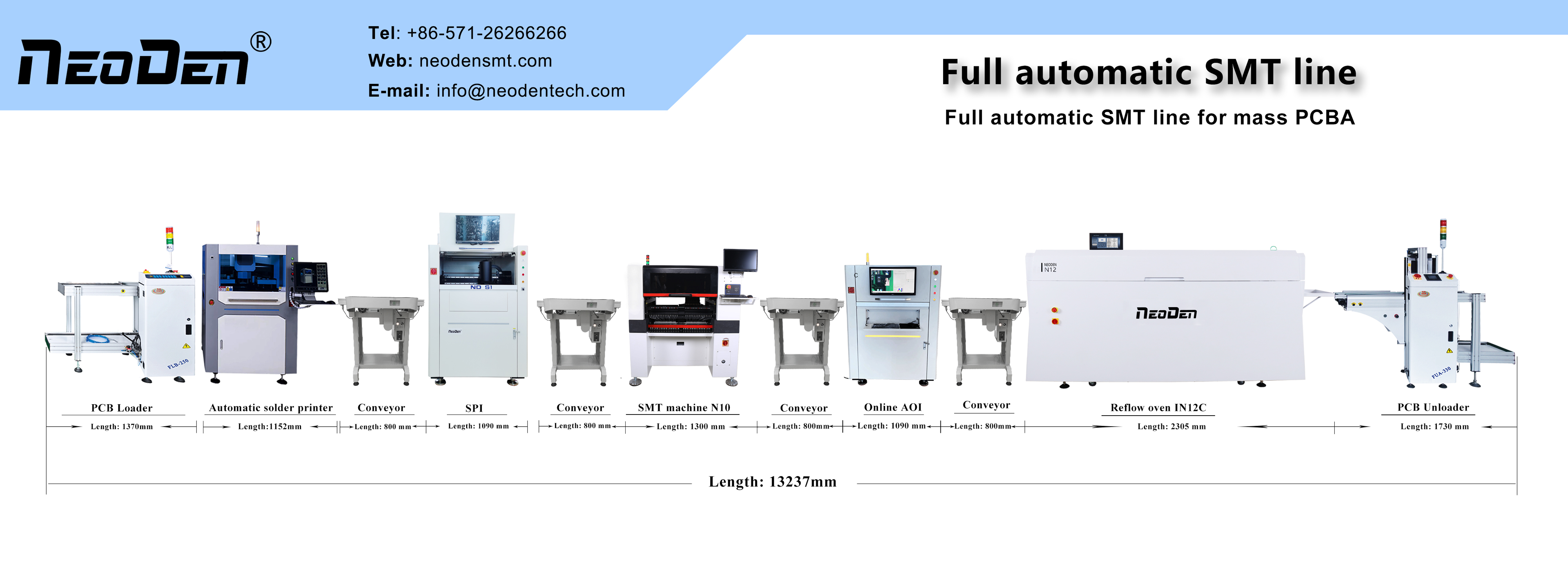Layout ideas
In the PCB layout process, the first consideration is the size of the PCB. Next, we should consider the devices and areas with structural positioning requirements, such as whether there is a height limit, width limit and punching, slotted areas. Then according to the circuit signal and power flow, pre-layout of each circuit module, and finally according to the design principles of each circuit module to carry out the layout of all components work.
The basic principles of layout
1. Communicate with relevant personnel to meet special requirements in structure, SI, DFM, DFT, EMC.
2. According to the structure element diagram, place connectors, mounting holes, indicators and other devices that need to be positioned, and give these devices immovable attributes and dimensioning.
3. According to the structure element diagram and the special requirements of certain devices, set the prohibited wiring area and prohibited layout area.
4. Comprehensive consideration of PCB performance and the efficiency of processing to select the process processing flow (priority for single-sided SMT; single-sided SMT + plug-in.
Double-sided SMT; double-sided SMT + plug-in), and according to the layout of different processing process characteristics.
5. layout with reference to the results of the pre-layout, according to the “first big, then small, first difficult, then easy” layout principle.
6. the layout should try to meet the following requirements: the total line as short as possible, the shortest key signal lines; high voltage, high current signals and low voltage, small current signal weak signal completely separate; analog signal and digital signal separate; high frequency signal and low frequency signal separate; high frequency components of the spacing to be adequate. In the premise of meeting the requirements of simulation and timing analysis, local adjustment.
7. The same circuit parts as far as possible using symmetrical modular layout.
8. layout settings recommended grid for 50 mil, IC device layout, grid recommended for 25 25 25 25 25 mil. layout density is higher, small surface mount devices, grid settings recommended not less than 5 mil.
The layout principle of special components
1. as far as possible to shorten the length of the connection between FM components. Susceptible to interference components can not be too close to each other, try to reduce their distribution parameters and mutual electromagnetic interference.
2. for the possible existence of a higher potential difference between the device and the wire, should increase the distance between them to prevent accidental short circuit. Devices with strong electricity, try to arrange in places that are not easily accessible to humans.
3. Weight more than 15g components, should be added bracket fixed, and then welding. For large and heavy, heat-generating components should not be installed on the PCB, installed in the entire housing should consider the issue of heat dissipation, heat-sensitive devices should be far away from heat-generating devices.
4. for potentiometers, adjustable inductor coils, variable capacitors, micro switches and other adjustable components layout should consider the structural requirements of the machine, such as height limits, hole size, center coordinates, etc.
5. Pre-position the PCB positioning holes and fixed bracket occupied by the position.
Post-layout check
In PCB design, a reasonable layout is the first step in the success of PCB design, engineers need to strictly check the following after the layout is completed.
1. PCB size markings, device layout is consistent with the structure drawings, whether it meets the PCB manufacturing process requirements, such as minimum hole diameter, minimum line width.
2. whether the components interfere with each other in two-dimensional and three-dimensional space, and whether they will interfere with each other with the structure housing.
3. whether the components are all placed.
4. the need for frequent plugging or replacement of components is easy to plug and replace.
5. Is there a suitable distance between the thermal device and the heat generating components.
6. Is it convenient to adjust the adjustable device and press the button.
7. Whether the location of the installation of heat sink is smooth air.
8. Whether the signal flow is smooth and the shortest interconnection.
9. Whether the line interference problem has been considered.
10. Is the plug, socket contradictory to the mechanical design.
Post time: Dec-23-2022

